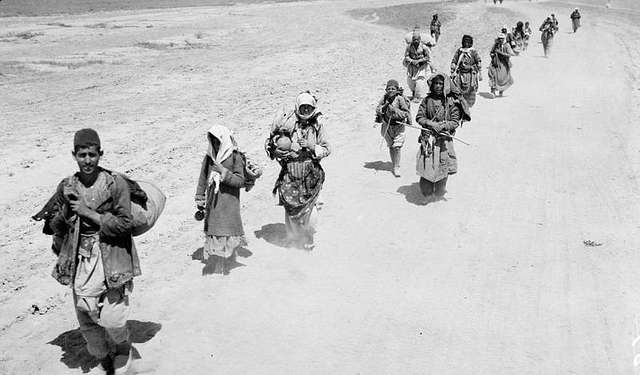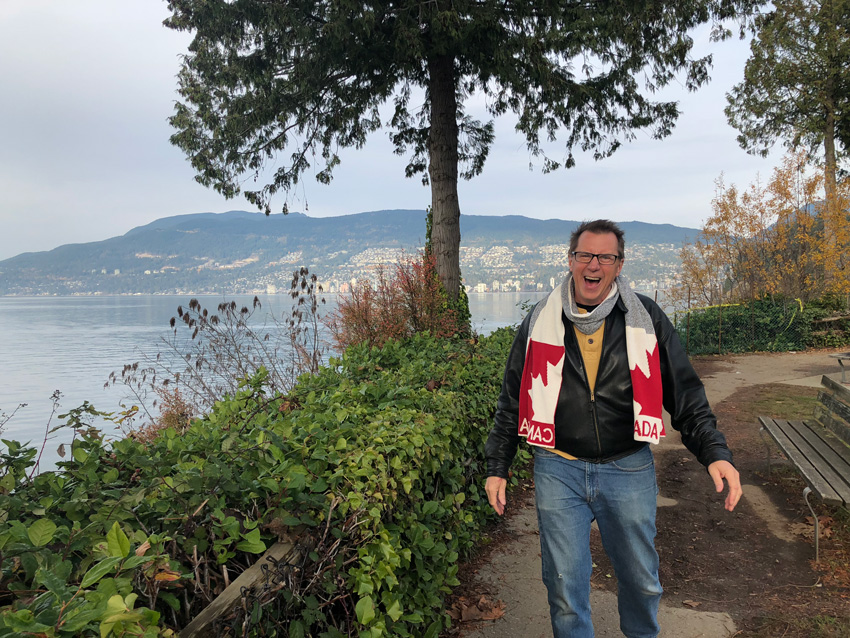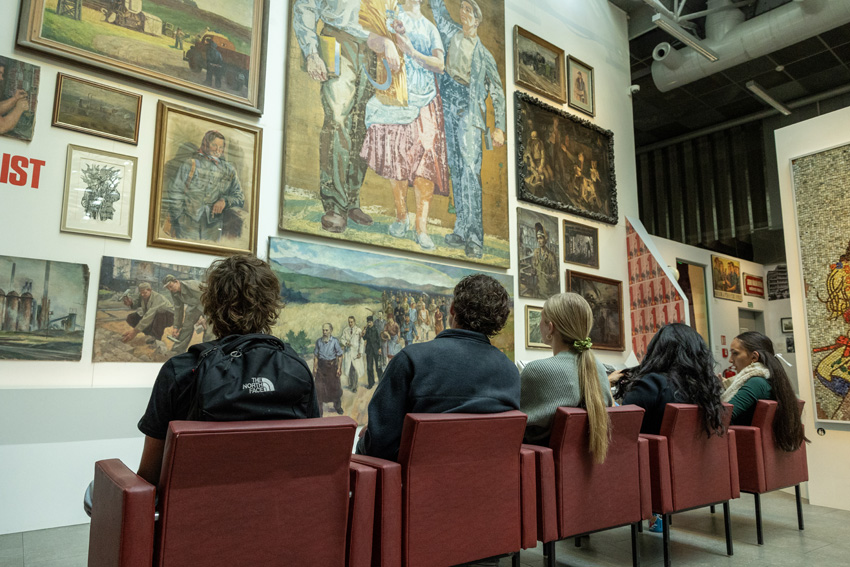California has the largest population of Armenians in the United States with over 200,000. What caused this mass immigration of Armenians to move from their home country, and why California?
The History of the Genocide
The Armenian Genocide was the systematic killing and deportation of Armenians by the Turks of the Ottoman Empire. In 1915, during World War I, leaders of the Turkish government set in motion a plan to expel and massacre Armenians. By the early 1920s, when the genocide finally ended, between 600,000 and 1.5 million Armenians were dead, with many more forcibly removed from the country.
The atrocities were not largely published and were generally ignored for many years. President Theodore Roosevelt wrote in a 1918 letter,
“…the Armenian massacre was the greatest crime of the war, and the failure to act against Turkey is to condone it … the failure to deal radically with the Turkish horror means that all talk of guaranteeing the future peace of the world is mischievous nonsense.”- Theodore Roosevelt
WHY?
The Ottoman rulers were Muslim and allowed religious minorities to maintain some autonomy, but they also subjected Armenians to unequal and unjust treatment because they believed the Armenians were “infidels”. The Majority of Armenians were Christians. They paid higher taxes than Muslims and had very few political or legal rights.
Despite these obstacles, the Armenian community thrived under Ottoman rule. They tended to be better educated and wealthier than the Turkish, whose resentment grew. This resentment worked together with the suspicion that, as Christians, the Armenians would not be loyal to a Muslim government.
The decline of the Ottoman Empire was the catalyst of the genocide. At the end of the 19th century, the final sultan to have effective control over the country, Abdul Hamid II declared that he would solve the “Armenian question” once and for all. This claim took the form of a state-sanctioned pogrom. In response to protests by Armenians, soldiers sacked Armenian villages and cities and massacred their citizens. Hundreds of thousands of Armenians were murdered.
On April 24, 1915, the Armenian genocide began. That day, the Turkish government arrested and executed hundreds of Armenian

intellectuals. After that, ordinary Armenians were sent out of their homes and sent on death marches through the Mesopotamian desert without food or water until they died. People who refused to walk were shot.
At the same time, the Young Turks created a “Special Organization,” which in turn organized “killing squads” to carry out the elimination of Christianity in the Ottoman Empire. These killing squads were often made up of murderers and other ex-convicts. They drowned people in rivers, threw them off cliffs, crucified them, and burned them alive. During this campaign, government squads also kidnapped children, converted them to Islam, and gave them to Turkish families. Muslim families moved into the homes of deported Armenians and seized their property. By the end of the genocide, in 1922, over 1.5 million Armenians were killed.
Nathan Bridges, a student at Fresno Christian gave some insight into the recency of this genocide. “spending a lot of time with my great-grandma who survived the genocide, I believe that it is really important for people to know the atrocities which occurred. For example, my great-grandmother used to tell me stories of her father, who was tortured to death by these Turks.”
French poet and Nobel Prize winner Anatole France wrote in 1916 “Armenia is dying, but it will survive. The little blood that it still has left is precious blood that will give birth to a heroic generation. A nation that does not want to die, does not die.”
American news outlets have also been reluctant to use the word “genocide” to describe Turkey’s crimes. The phrase “Armenian genocide” did not appear in The New York Times until 2004
Fresno Armenians
Armenia may be halfway around the world from the San Joaquin Valley, but for thousands of Armenians, Fresno County has been home for generations. As they lived and progressed, Armenians became leaders in agriculture, business, and literature.
It began with an Armenian merchant, Hagop Seropian, who had settled in Massachusetts but found the winters too harsh. In 1881, Seropian moved west to Fresno with his half-brothers, George and John. They found the climate and region to be similar to what they had known in Armenia. The Seropians were good promoters of Fresno, writing glowing accounts of the San Joaquin Valley and Fresno County to the Armenian communities in their home country.
The Seropians began as grocers and then became packers of dried fruit. Their packing house was the first to ship oranges and figs to Eastern markets. This set the stage for the major Armenian role in the Fresno County grape, raisin, and tree fruit growing and packing business that would follow.
The numbers of Armenian settlers grew slowly but steadily until the early 1900s when the genocide of the Armenian people in 1914-15 drove many of them from their homeland to the Central Valley. Many of the immigrants opted for farming, but others became professional fixtures in business and services. For generations, Fresno County’s Armenian community was closely knit and subjected to degrees of discrimination.
Armenians brought new varieties of grapes to Fresno. Within fifty years of the Seropian brothers’ arrival in Fresno, Armenians owned 40 percent of the county’s raisin acreage and represented 25 percent of its growers.
Similarly to so many immigrants who came to Fresno, Armenians would not be fully accepted into the community’s life until the 1950s. This was partly because of a prejudice that was attributed to their Middle Eastern appearance, language, and customs.
Due to prejudices that isolated them from the rest of the community, the Armenians formed their own organizations. These institutions were formed to preserve Armenian heritage and to give a cultural uplift to its members. Armenian-language newspapers were very significant to the community.
One of Fresno’s most famous Armenians is William Saroyan, a novelist, playwright, and short story writer. Born in Fresno in 1908, Saroyan was recognized throughout the world for his short stories and plays. In 1940, he won a Pulitzer for one of his plays, and in 1943, he won an Academy Award for best story. Following his death in 1981, Fresno’s Convention Center theater was renamed the William Saroyan Theater.
The Armenian population holds strong significance in the economic, agricultural, and communal aspects of Fresno. Without the Armenian population, Fresno would likely not be as notable as it is today.
“It is simply in the nature of Armenian to study, to learn, to question, to speculate, to discover, to invent, to revise, to restore, to preserve, to make, and to give.” – William Saroyan
To read more from the feather, read Fresno History: the Founding or Collumn: the Importance of Will







Silva Emerian • Jun 19, 2023 at 5:39 pm
Thank you, Asa! Great article about the Armenian presence in Fresno.